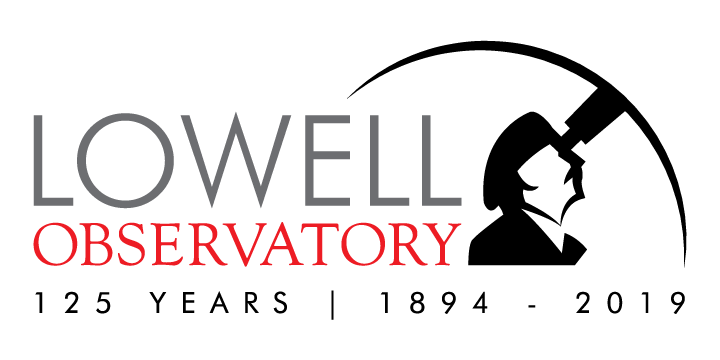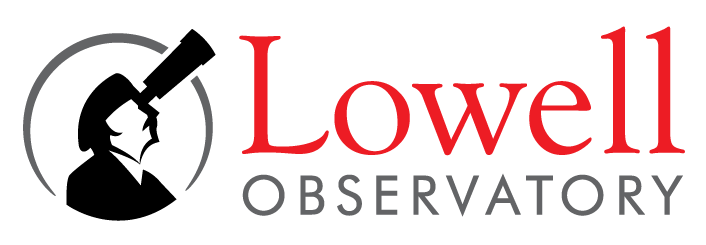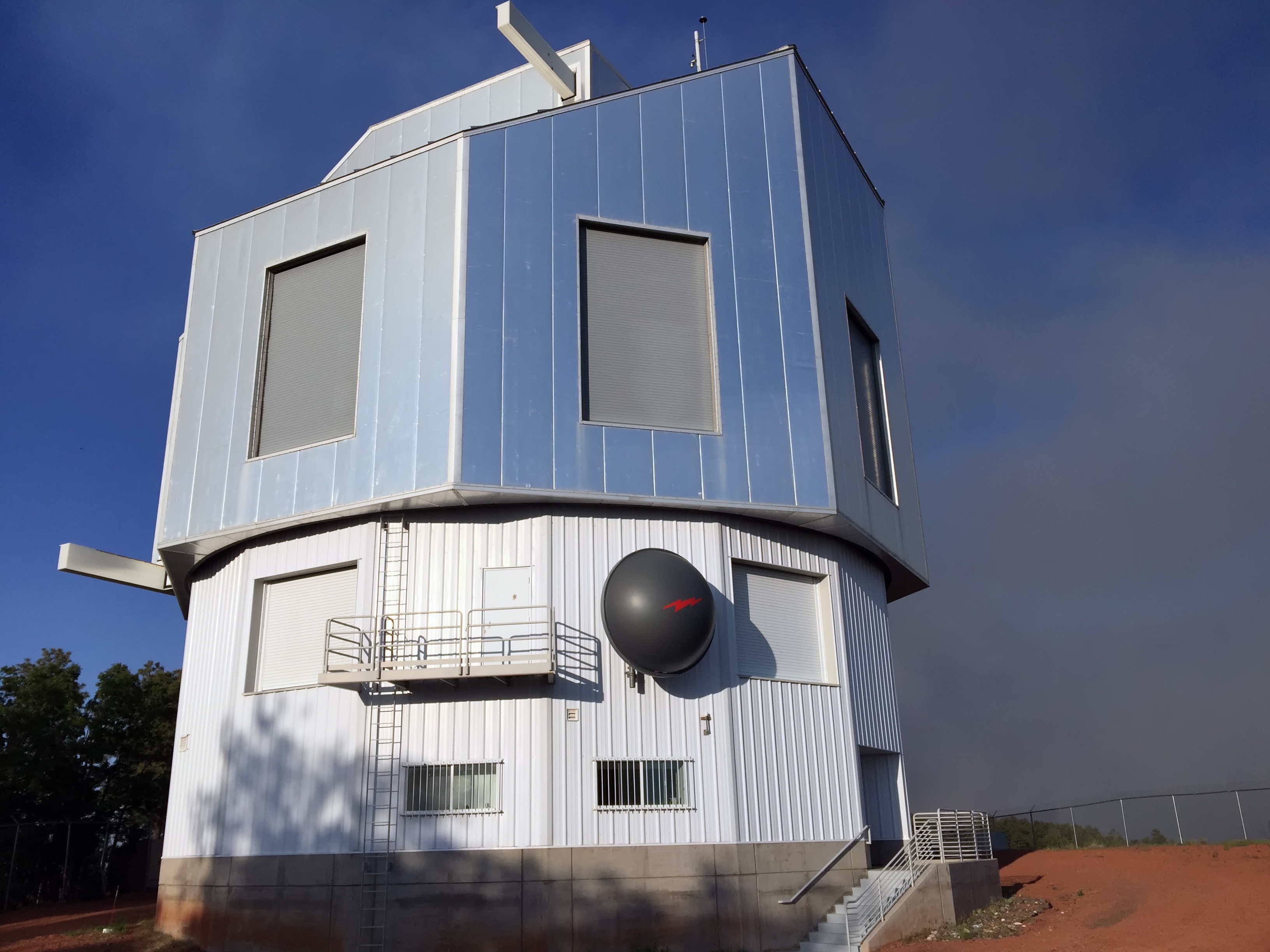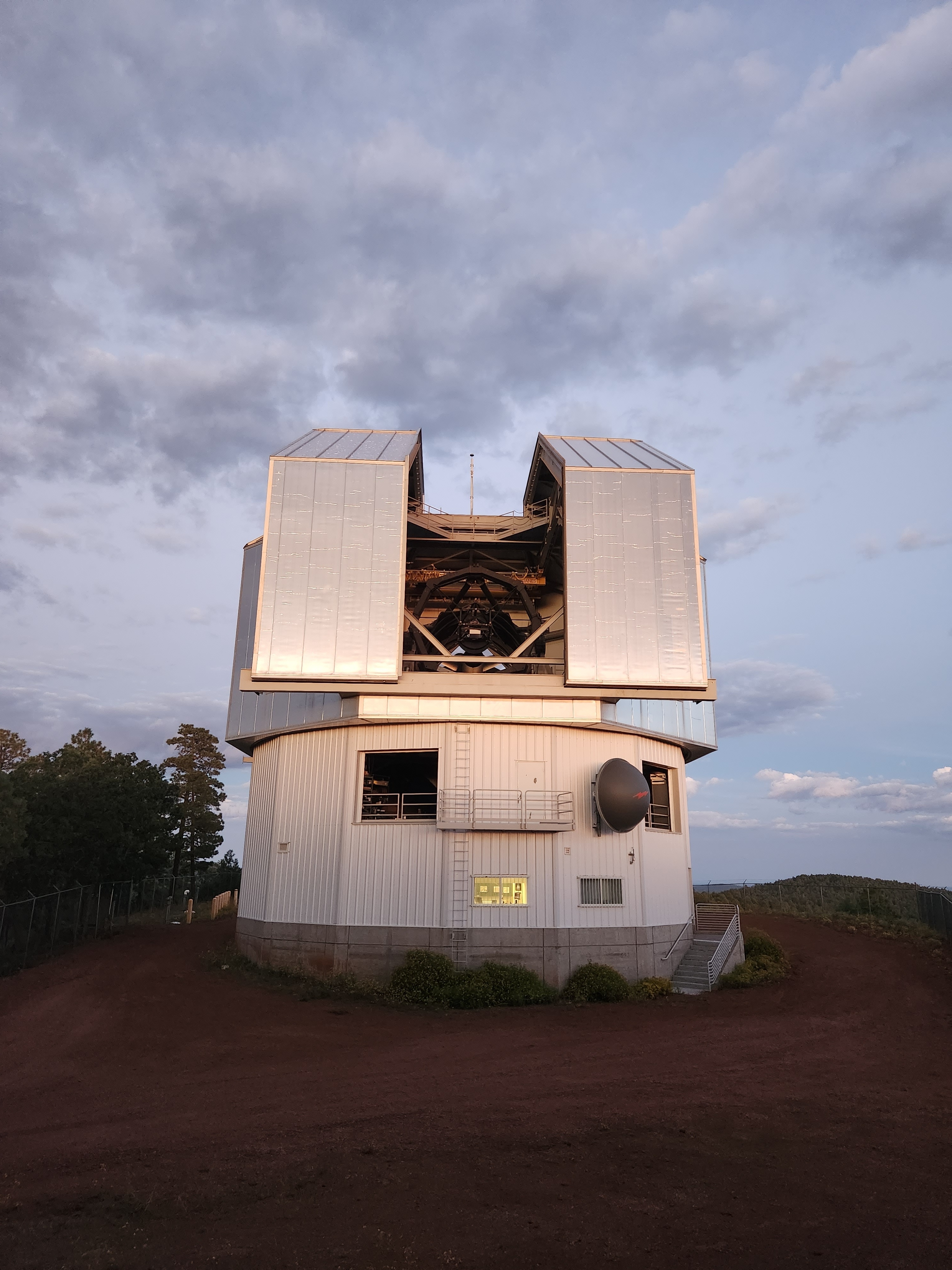Versions Compared
Key
- This line was added.
- This line was removed.
- Formatting was changed.
| Excerpt- |
|---|
| Include Page |
|---|
|
Preparing for Your Observing Run
First-Time User Support at LDT
Lodging for LDT Observing Runs
|
| Livesearch | ||||
|---|---|---|---|---|
|
 Image Removed
Image Removed Image Added
Image Added
Lowell Discovery Telescope
(formerly the Discovery Channel Telescope)Observer Information Pages
| Warning | ||
|---|---|---|
| ||
For the duration of the COVID-19 outbreak, all observing at the LDT will be done remotely. See Continuing in 2024A, limited in-person observing will be supported at LDT. For those observing remotely, see LDT Remote Observing Notes. |
| Float | ||
|---|---|---|
| ||
Image courtesy: Boston University Astronomy Dept. |
: J. Fernandez (Lowell)
|
The 4.3-m Lowell Discovery Telescope (LDT) is Lowell Observatory's flagship facility at a dark-sky site approximately 40 miles southeast of Flagstaff on the Coconino National Forest.Lowell Observatory operates the LDT in partnership with Boston University, University of Maryland, Northern Arizona University, University of Toledo, and Yale University. The telescope is classically scheduled by semester, with the current being 2020B.The 2024A. See the current call for observing proposals is available for Lowell Observatory and Partner Institution members: 2021A LDT Call for Proposals
Instrumentation available on the LDT (all mounted to the cassegrain instrument cube):
| title | DeVeny (Optical Spectrograph) |
|---|
Operational - Facility Instrument
Web Page:
Manual: DeVeny_Manual_v1.5_10July18.
pdfAdditional Information: DeVeny_Ops_Appendix.tar
| Expand | ||
|---|---|---|
| ||
Operational - PI instrumentWeb Page: the instrument page at Gemini-N is mostly applicable and very informative Manual: Additional Information: DSSI/QWSSI is available part time at LDT. For information, contact E. Horch or G. van Belle. |
| Expand | ||
|---|---|---|
| ||
Operational - PI InstrumentSummaryWeb Page: EXPRES web page Manual: Additional Information:
|
| Expand | ||
|---|---|---|
| ||
Operational - Facility InstrumentWeb Page: Manual: LMI User Manual Additional Information: LMI Exposure time calculator, LMI Filter Information, LMI shutter delay |
| Expand | ||
|---|---|---|
| ||
Operational - Facility InstrumentWeb Page: Manual: NIHTS User Manual (v. 1.4 - 20190130) Additional Information: Overview of NIHTS (2018 Proc. SPIE 10702, 107023E) |
| title | RIMAS (Near-infrared Spectrograph / Imager) |
|---|
Coming Soon
Web Page:
Manual:
Additional Information:The facility was constructed as the Discovery Channel Telescope, and was renamed in 2019 in cooperation with Discovery Communications.
| Background Color | ||
|---|---|---|
| ||
Updates (and Old Updates)UPDATE: |
Check with staff about the upcoming PypeIt Workshop on June 11. (2024Apr24) UPDATE: The |
2024B LDT Call for Proposals has been released. ( |
2024Apr11) UPDATE: |
The 2024A LDT Schedule has been released. ( |
2023Dec08) UPDATE: |
The new VPN platform is now required for connection to the Lowell network. All remote observers MUST update their VPN settings: Watchguard SSLVPN Installation. (2021Sep06)
|
|
| TCS
| , ephemeris tracking is again working
| 2020Feb19
| 2019Jan30
| |||||||||||||||||||||||||||||||||||
| Expand | |||||||||||||||||||||||||||||||||||||||
|---|---|---|---|---|---|---|---|---|---|---|---|---|---|---|---|---|---|---|---|---|---|---|---|---|---|---|---|---|---|---|---|---|---|---|---|---|---|---|---|
| |||||||||||||||||||||||||||||||||||||||

